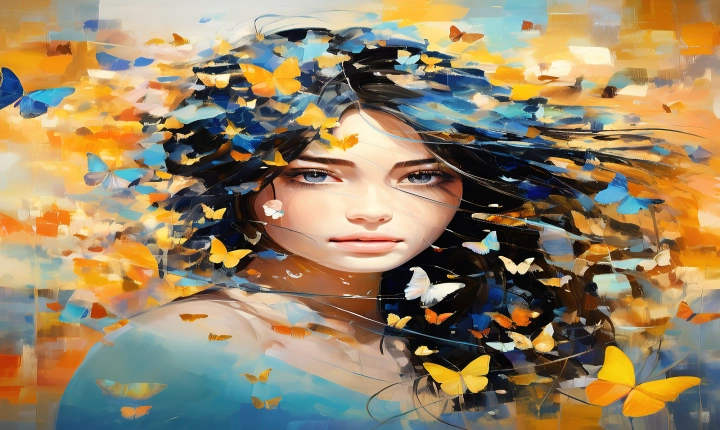Title: Making AI Images: The Power of Artificial Intelligence in Image Creation
In the past, creating high-quality images required extensive knowledge of photography, design, and editing software. However, with the advancement of artificial intelligence (AI), generating professional-looking images has become more accessible and efficient than ever before. AI-powered image creation tools have revolutionized the way we approach visual content, offering a wide range of applications in marketing, design, and various other industries. In this article, we will explore the process of making AI images and the impact of this technology on creativity and productivity.
Understanding AI Image Generation
AI image generation involves the use of algorithms and machine learning techniques to produce visual content. These algorithms are trained on vast datasets of images, enabling them to understand patterns, recognize objects, and generate new images based on the learned data. The process can be broadly categorized into two methods: image-based AI and text-based AI.
Image-based AI: This method involves training AI models to generate images based on existing visual data. By analyzing a large number of images, the AI model can learn to create new images that resemble the patterns and features present in the training data. Image-based AI is commonly used in applications such as photo editing, style transfer, and image synthesis.
Text-based AI: In this approach, AI models are trained to generate images based on textual descriptions or prompts. By inputting a description or a set of keywords, the AI can produce an image that represents the given input. Text-based AI has applications in graphic design, concept art, and content creation, allowing users to quickly generate visual concepts from written ideas.
Making AI Images: Tools and Techniques
Several AI-powered tools and platforms are available to help users create images with ease. These tools leverage advanced AI algorithms to streamline the image creation process, offering features such as style transfer, image generation, and content-aware editing. Some popular AI image creation tools include:
1. DeepArt: DeepArt uses AI algorithms to transform photos into artwork inspired by famous artists’ styles. Users can upload their images and apply various artistic styles to create unique visual compositions.
2. RunwayML: RunwayML offers a range of AI-powered tools for image generation, including style transfer, image synthesis, and generative adversarial networks (GANs) for creating lifelike images.
3. OpenAI’s DALL·E: DALL·E is an AI model capable of generating images from textual prompts. Users can input a description or a combination of keywords, and the AI will produce corresponding images that match the input.
Impact of AI Image Creation
The rise of AI image creation has had a profound impact on various industries and creative fields. From marketing and advertising to graphic design and art, AI-powered image generation has opened up new possibilities and streamlined workflows. By automating certain aspects of image creation, AI tools allow creators to focus on the conceptual and strategic elements of their work, driving innovation and efficiency.
In marketing and advertising, AI images can be used to create visually compelling content for social media, websites, and promotional materials. With AI tools, businesses can quickly generate high-quality visuals that resonate with their target audience, saving time and resources in the process.
In graphic design and art, AI image creation tools can serve as a source of inspiration and a catalyst for experimentation. Artists and designers can use AI-generated images as a starting point for their creative projects, exploring new styles, compositions, and visual concepts.
Conclusion
AI image creation has emerged as a powerful tool for generating compelling and diverse visual content. By harnessing the capabilities of AI algorithms, individuals and businesses can create images that are not only aesthetically pleasing but also tailored to specific requirements and preferences. As AI continues to advance, the possibilities for image creation and manipulation will only expand, further blurring the lines between human creativity and machine-generated art. Embracing AI image creation as a tool for innovation and exploration can open up new avenues for visual expression and storytelling, shaping the future of image creation and design.
